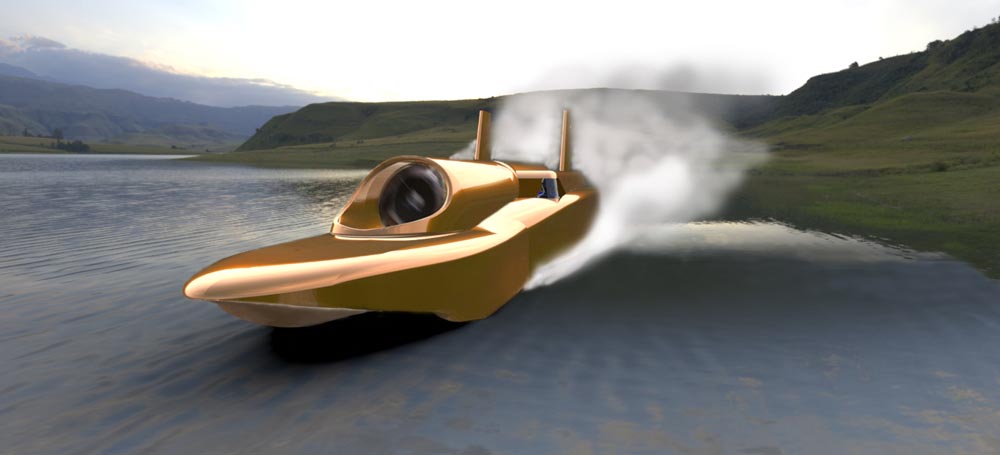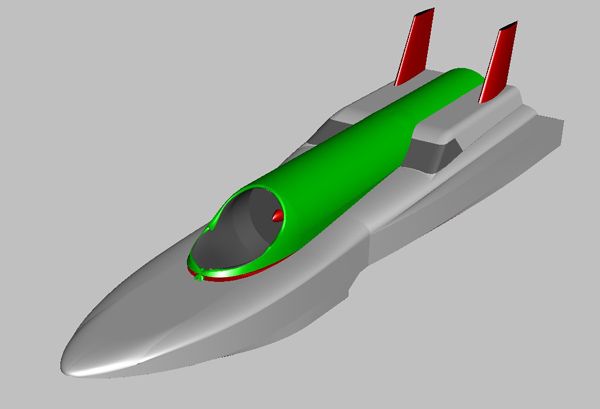The ThrustWSH project is the follow on from the team’s previous World Record projects – the 1983 Thrust2 World Land Speed record 633mph, the 1997 ThrustSSC first ever supersonic land speed record 763mph and the 1000MPH BloodhoundSSC project which was lost due to non payment of a formal grant offer. The ThrustSSC project is the only one to ever create and deliver a supersonic land speed record. There have been no further successful challenges since then.
During the 12 year programme of the 130,000hp 1000mph BloodhoundSSC project - the Ministry of Defence requested the initiation of a schools programme to increase student interest in STEM subjects. That programme was a most successful achievement engaging with over 2m schoolchildren and during 1997 engaging with 120,000 students and school children. This request by the MoD came about because of their issues with the quality of applicants and dissatisfaction with overall recruitment standards.









